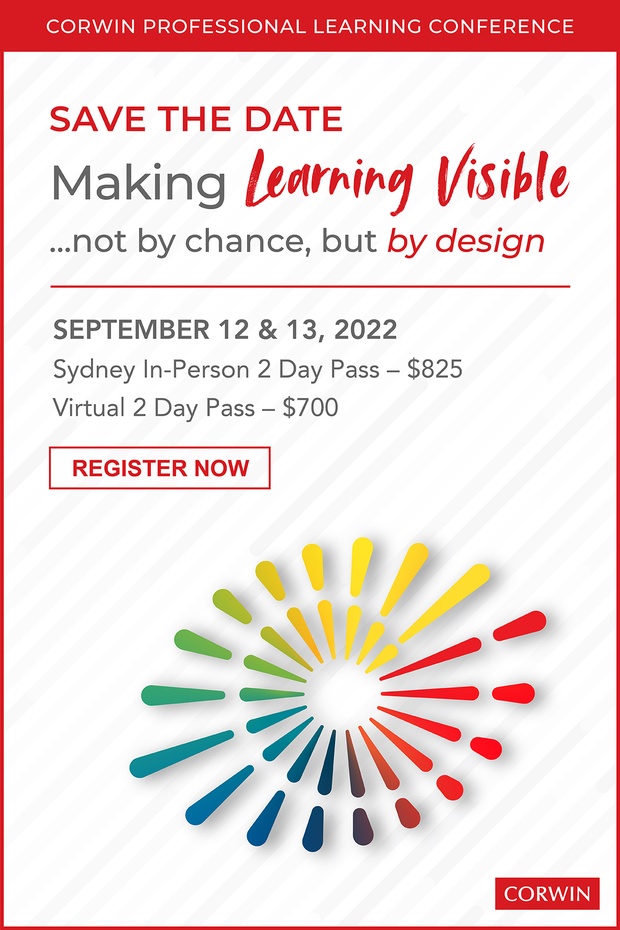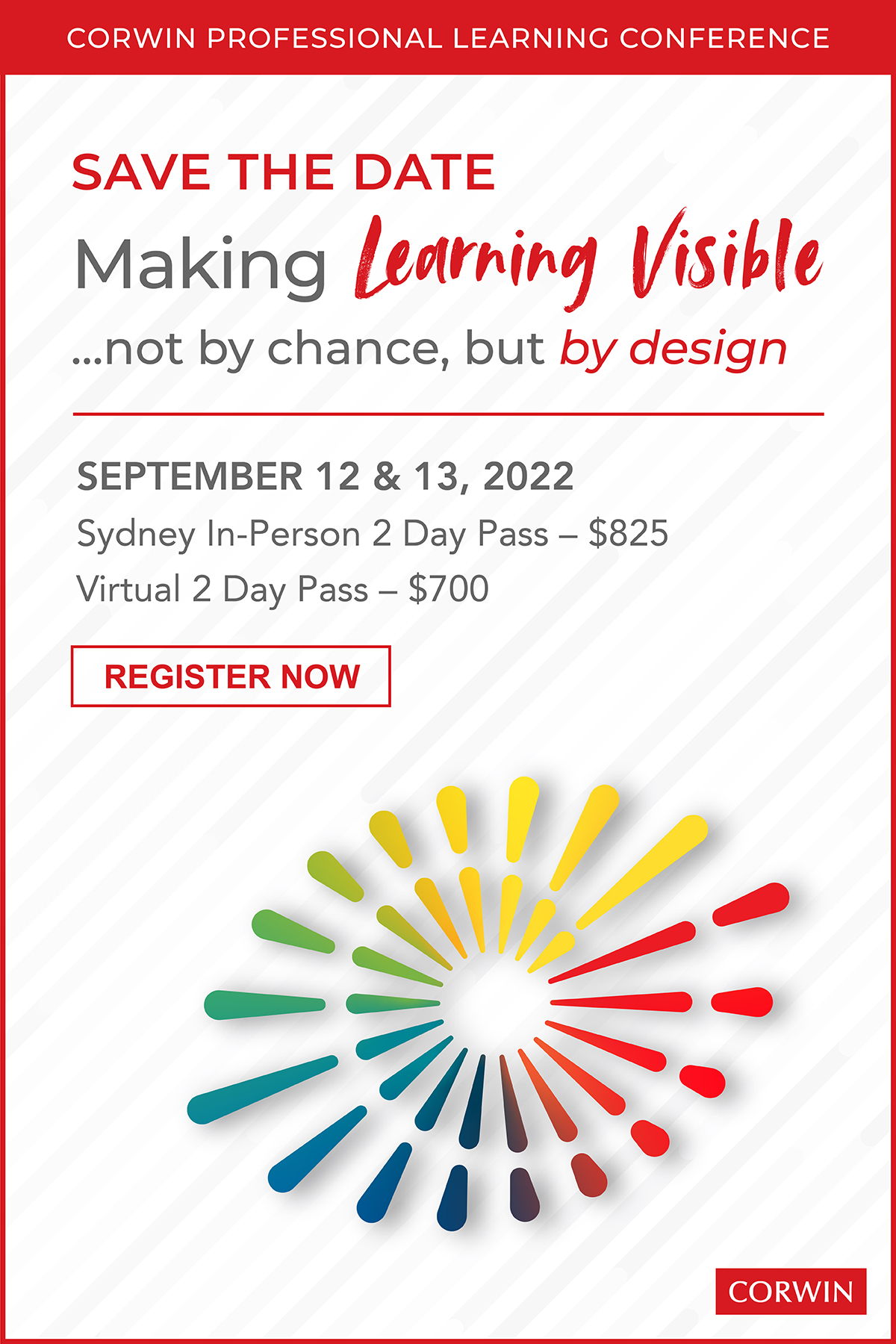Pick up any book, blog, or article aimed at teachers and you will inevitably find some reference to engagement. After decades of research and tens of thousands of studies, it’s clear why the concept is so alluring. Engagement has been consistently linked to many of the things we value in education, such as academic success, achievement, and wellbeing. We also know that teachers are a key influence when it comes to student engagement in classroom learning – and there is no shortage of advice given to teachers on how to improve the engagement of their students. So why is it that we appear to be losing ground rather than gaining it? Why is that engagement continues to decline as students progress through our schools? Why do students tend to get turned off rather than turned onto learning while at school?
One obstacle to improving student engagement in learning is the persistent narrative that teachers are responsible for motivating and engaging their students and the students are merely passive pawns there to be pushed and pulled in whatever direction the teacher wants them to go. We’ve all heard the directives to “hook students in”, “get students engaged”, and “keep them engaged”, but what is the role of the student in all of this? In this scenario, you either get students who choose to go along with the teacher’s plans or students who choose not to comply and instead opt for a pathway of disengaging. Engagement generally remains capped at a passive level of compliance with the teacher taking the lead and the student following along. Students understand the rules of this game well, it is the teacher’s job to engage them and their job is to do what they are told to do. This flies in the face of everything we know about motivation and engagement. Students bring more to the lesson than their ability to follow directions. Each individual comes to school with rich inner motivational resources – their interests, curiosity, things they value and believe in, their desire to feel connected with other people, competent and successful. They can choose to invest those resources into learning at school or choose to invest them elsewhere. If we want to optimise engagement in learning, we need to raise the bar from teacher-directed low-level compliance to collaborative partnerships focused on learning and sharing the responsibility for engagement.
One of the challenges facing teachers is that our language for engagement is limited and does not reflect the many varied forms that engagement can take within a lesson. Students are either engaged or disengaged. Many engagement policies and articles refer to different aspects of engagement – namely behaviour, emotion, and cognition – but I’ve yet to hear teachers use this kind of language when they talk about engagement. When teachers describe what engagement looks like in their classroom, what emerges is a continuum of engagement that stretches from students actively Disrupting the learning environment to students actively Driving their own progress and learning forward, with more passive forms of engaging and disengaging in between. This continuum of engagement, with its six different forms (Disrupting, Avoiding, Withdrawing, Participating, Investing, Driving), provides a lens and a language for thinking about and talking about engagement that is grounded in the real world of classroom teaching and learning. It challenges us to raise our expectations for engagement beyond passive Participating toward developing capable, confident, and successful Drivers of learning. Using this language with our students, and teaching them to use it as they set intentions for their engagement and reflect on their engagement during learning experiences is one way we can make student engagement more visible and explicitly connected to the learning process.
To find out more, join me at the Corwin Professional Learning Conference in September where I will be giving a keynote on Making Student Engagement Visible.














